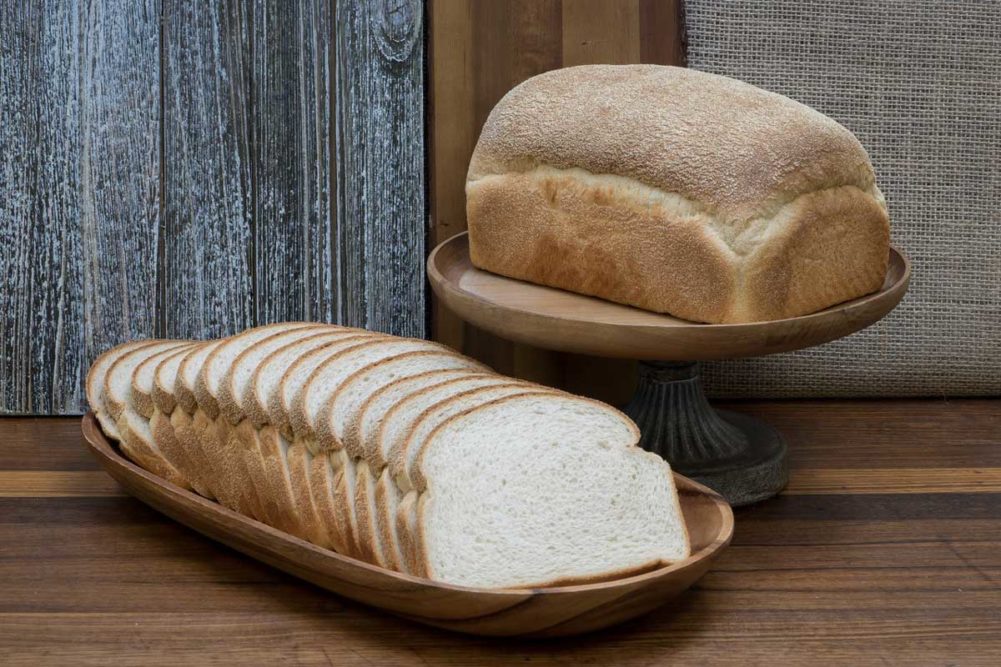Emulsifiers are common in batter applications for their ability to blend oils and water, but in bread dough, they take on a new role as conditioning systems.
“They can improve overall dough stability by strengthening networks of wheat protein and starch during proofing and, ultimately, help produce finished baked goods offering greater volume, increased external symmetry and better internal crumb structure,” said Troy Boutte, bakingHUB and innovation director, AB Mauri North America.
Not all emulsifiers are the same, however, and their functionality can vary. Choosing the ingredients comes down to what a baker needs from the dough as it’s machined.
“They can strengthen a dough and act as a binding agent,” said Ken Skrzypiec, vice president of Eastern sales, Brolite Products. “They can also aid in the dispersing of dry ingredients. Emulsifiers can give the dough tolerance and stability.”
In general, emulsifiers are divided into two categories, according to Steven Mallory, senior application specialist, DuPont Nutrition & Biosciences: crumb softening and dough strengthening.
“For typical bread, buns and rolls, monoglycerides have been used for many years for crumb softening and shelf life in the finished loaf,” he said. “Dough strengtheners are very functional to increase the quality of the gluten structure, which results in improved production tolerance and loaf volume.”
Diacetyl tartaric acid esters of mono- and diglycerides (DATEM), for example, increases the elasticity and extensibility of the gluten, resulting in improved gas retention and increased volume. DuPont’s Panodan DATEM creates a bread dough that is well-suited for high-speed production lines because it makes the dough soft and extensible but not sticky.
“Sticky doughs are difficult to sheet, mold and handle,” Mr. Mallory explained. “Panodan DATEM allows the dough to process through equipment such as extrusion dividers without tearing the gluten, resulting in improved volume and tolerance, even though flour quality and environmental changes are constant. Simply, the addition of Panodan DATEM gives the baker a tool to produce the same quality loaf, day in and day out.”
Panodan DATEM also improves a loaf’s shock tolerance, or its ability to withstand vibrations from the production line with minimal collapsing of the loaf’s structure.
While DATEM and sodium stearoyl lactylate (SSL) have the go-to dough strengthening enzymes for decades, distilled mono- or diglycerides have long been the popular solutions for softening.
Monoglycerides can provide a wealth of functionality to bread production. From a formulation standpoint, monoglycerides can improve bread dough’s tolerance to variations in ingredients and slow down the rate of firming, Mr. Cottrell said. During processing, he explained that monoglycerides can diminish dough knockdown during conveyor handling; improve machineability, crumb texture, loaf volume; and ensure clean and efficient slicing.
DATEM, SSL, mono- or diglycerides are often combined in some way to provide a balance of strength for the processing line and softness for the final consumer.
“It really comes down to what functional requirements a baker has for process tolerance, finished good quality improvements such as softening or anti-sticking during shelf life, and more,” Mr. Boutte said. “The overall application in mind will guide bakery formulators to the appropriate ingredient solution necessary.”
This article is an excerpt from the August 2020 issue of Baking & Snack. To read the entire feature on emulsifiers, click here.






